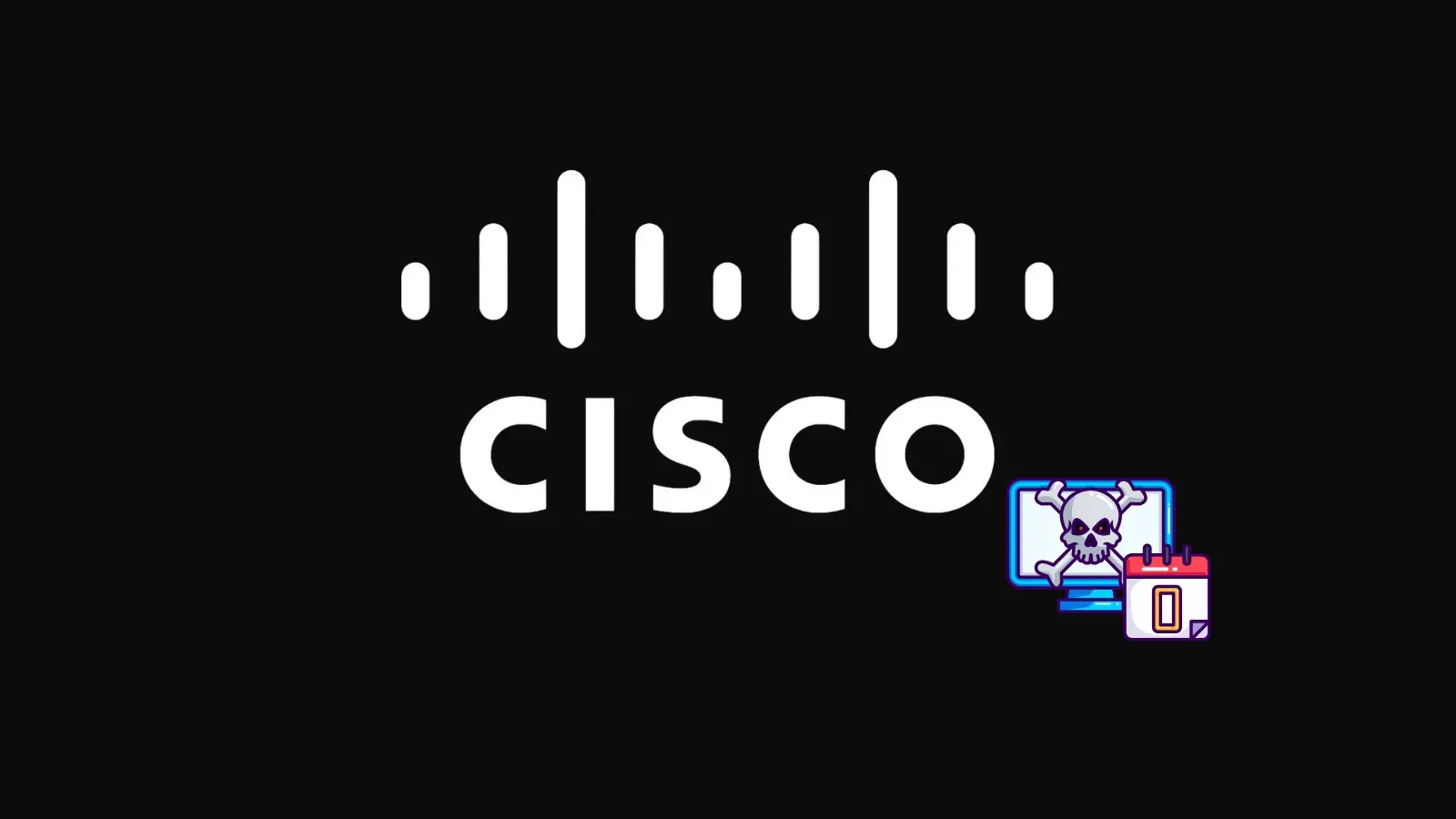
Cisco IOS 0-Day RCE Vulnerability Actively Exploited in the Wild
Urgent Alert: Cisco IOS 0-Day RCE Vulnerability Under Active Exploitation
The cybersecurity landscape has once again been rattled by critical news: a zero-day vulnerability in Cisco’s foundational IOS and IOS XE software is currently being actively exploited in the wild. This isn’t just another vulnerability; it’s a remote code execution (RCE) flaw residing in Simple Network Management Protocol (SNMP). For organizations relying on Cisco networking gear, this presents an immediate and severe risk that demands urgent attention.
Cisco has officially disclosed this critical issue, tracking it as CVE-2025-20352. The fact that attackers are already leveraging this flaw, even before a public patch is available, underscores the need for swift action and a thorough understanding of the threat.
Understanding CVE-2025-20352: The SNMP RCE Threat
At its core, CVE-2025-20352 represents a significant danger. It targets the SNMP subsystem within Cisco’s ubiquitous IOS and IOS XE operating systems. SNMP is a widely used protocol for managing and monitoring network devices. Its pervasive deployment makes vulnerabilities within it particularly attractive to threat actors.
A successful exploit of this zero-day could allow a remote, unauthenticated attacker to achieve:
- Remote Code Execution (RCE): This is the most severe outcome. RCE grants an attacker the ability to run arbitrary commands on the compromised device, potentially leading to complete system takeover, data exfiltration, or further lateral movement within the network.
- Denial-of-Service (DoS) Condition: Even without achieving RCE, an attacker could trigger a DoS, rendering the network device inoperable and disrupting critical network services.
The specific technical details of the exploit are often kept under wraps during active zero-day exploitation to prevent wider abuse. However, the presence of RCE capabilities implies a critical vulnerability, likely involving memory corruption or improper input validation within the SNMP processing routines.
Why Zero-Days are So Dangerous
The term “zero-day” signifies a vulnerability for which the vendor has no public patch or mitigation available. This places defenders in a challenging position, as traditional patch management strategies are ineffective. When a zero-day is actively exploited:
- No immediate fix: Organizations cannot simply apply a security update to resolve the issue.
- High risk of exploitation: Attackers have a significant advantage as they are operating in an unpatched environment.
- Widespread impact: Given Cisco’s market dominance in networking hardware, the potential attack surface for this RCE flaw is immense.
Remediation Actions and Mitigations
While an official patch for is pending, organizations must take proactive steps to protect their Cisco devices:
- Disable SNMP if not essential: The most direct mitigation for an SNMP-related vulnerability is to disable SNMP on devices where it is not absolutely necessary. Re-enable only with stringent access controls if required.
- Restrict SNMP Access Control Lists (ACLs): For devices where SNMP cannot be disabled, implement strict ACLs to limit SNMP access to only trusted management IPs and interfaces. Never expose SNMP to the internet.
- Use Strong SNMP Community Strings/v3 Authentication: If SNMP must be enabled, ensure you are using SNMPv3 with strong authentication and encryption. Avoid SNMPv1/v2c due to their inherent security weaknesses (cleartext community strings). Implement complex, non-default community strings.
- Network Segmentation: Isolate critical network infrastructure behind firewalls and segment networks to limit the blast radius if an exploitation occurs.
- Implement Intrusion Prevention/Detection Systems (IPS/IDS): Deploy and configure IPS/IDS solutions to monitor for suspicious activity related to SNMP, including unusual traffic patterns or malformed SNMP requests. Ensure your signatures are up to date.
- Monitor Cisco Advisories: Continuously monitor Cisco’s official security advisories and PSIRT announcements for updates on and the release of any temporary workarounds or patches.
- Review Logging and Auditing: Enhance logging on Cisco devices to capture SNMP-related events. Regularly review logs for signs of compromise or attempted exploitation.
Detection and Analysis Tools
Proactive monitoring and scanning are crucial in identifying potential exposure or exploitation attempts related to . Here are some relevant tools:
| Tool Name | Purpose | Link |
|---|---|---|
| Nmap | Network scanning, port discovery (SNMP ports 161/162), and basic vulnerability detection scripts. | https://nmap.org/ |
| SNMPWalk | Querying SNMP-enabled devices to gather information, useful for identifying accessible OIDs and configurations. | (Part of Net-SNMP or OS distribution) |
| Wireshark | Network protocol analyzer to inspect SNMP traffic for unusual patterns, malformed packets, or signs of exploitation. | https://www.wireshark.org/ |
| Cisco Snort SIDs | Intrusion detection rulesets, continually updated to detect new threats, including those targeting Cisco devices. | Relevant Cisco/Snort documentation |
| Vulnerability Scanners (e.g., Nessus, OpenVAS) | Automated scanning for known vulnerabilities; will likely include checks for this CVE once signatures are released. | https://www.tenable.com/products/nessus https://www.greenbone.net/ |





